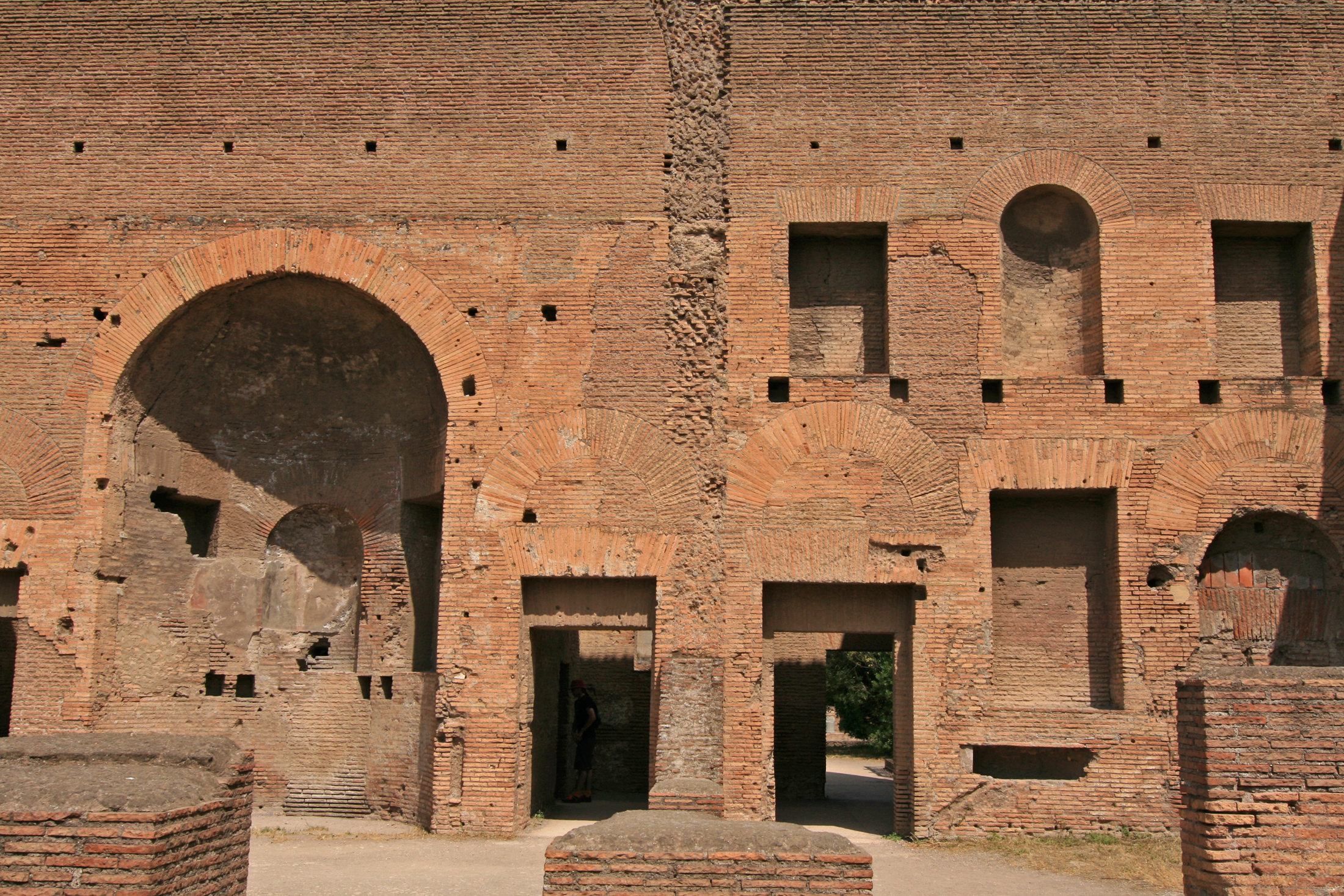|
Alatri Cathedral
Alatri Cathedral, otherwise the Basilica of Saint Paul ( it, Duomo di Alatri; ''Basilica concattedrale di San Paolo apostolo''), is a Roman Catholic cathedral in Alatri, Lazio, Italy, dedicated to Saint Paul. It was formerly the cathedral of the Diocese of Alatri. Since 30 September 1986 it has been a co-cathedral of the Diocese of Anagni-Alatri. Pope Pius XII declared it a basilica minor on 10 September 1950. History The cathedral was built on what was once the centre of the acropolis of Alatri over the remains of an ancient shrine of the Hernici and of a temple dedicated to Saturn. References to a cathedral go back to the first half of the 11th century: a cathedral chapter is documented here in 930. Under Pope Innocent II (1130–1143), probably in 1132, the relics of the martyred saint Pope Sixtus I were translated here, and in honour of this the cathedral was refurbished: the main altar was completed in 1156. Further works took place through the 13th century, when in honou ... [...More Info...] [...Related Items...] OR: [Wikipedia] [Google] [Baidu] |
Relic
In religion, a relic is an object or article of religious significance from the past. It usually consists of the physical remains of a saint or the personal effects of the saint or venerated person preserved for purposes of veneration as a tangible memorial. Relics are an important aspect of some forms of Buddhism, Christianity, Islam, shamanism, and many other religions. ''Relic'' derives from the Latin ''reliquiae'', meaning "remains", and a form of the Latin verb ''relinquere'', to "leave behind, or abandon". A reliquary is a shrine that houses one or more religious relics. In classical antiquity In ancient Greece, a polis, city or Greek temple, sanctuary might claim to possess, without necessarily displaying, the remains of a venerated hero as a part of a Greek hero cult, hero cult. Other venerable objects associated with the hero were more likely to be on display in sanctuaries, such as spears, shields, or other weaponry; chariots, ships or Figurehead (object), figureheads ... [...More Info...] [...Related Items...] OR: [Wikipedia] [Google] [Baidu] |
Latin Cross
A Latin cross or ''crux immissa'' is a type of cross in which the vertical beam sticks above the crossbeam, with the three upper arms either equally long or with the vertical topmost arm shorter than the two horizontal arms, and always with a much longer bottom arm. If displayed upside down it is called St. Peter's Cross, because he was reputedly executed on this type of cross.Joyce Mori, ''Crosses of Many Cultures'' (Harrisburg, PA: Morehouse Publishing, 1998), p. 32 When displayed sideways it is called St. Philip's cross for the same reason. History In a broad sense, the Latin cross is used to represent all of Christianity and Christendom, given that it teaches that Jesus sacrificed himself for humanity upon it, atoning for the sins of the world. It is especially used among the denominations of Western Christianity, including the Roman Catholic tradition and several Protestant traditions, such as Lutheranism, Moravianism, Anglicanism, Methodism, and Reformed Christianity, ... [...More Info...] [...Related Items...] OR: [Wikipedia] [Google] [Baidu] |
Opus Latericium
250px, Example of ''opus latericium'' on a tomb of the ancient Rome.html" ;"title="Appian Way in Rome">Appian Way in Rome. ''Opus latericium'' (Latin for "brick work") is an Ancient Rome, ancient Roman construction technique in which coarse-laid brickwork is used to face a core of ''opus caementicium''. ''Opus reticulatum'' was the dominant form of wall construction in the Imperial era. In the time of the architectural writer Vitruvius Vitruvius (; c. 80–70 BC – after c. 15 BC) was a Roman architect and engineer during the 1st century BC, known for his multi-volume work entitled ''De architectura''. He originated the idea that all buildings should have three attribute ..., ''opus latericium'' seems to have designated structures built using unfired mud bricks.Vitruvius ''De Architectura'' 2.8 http://latin.packhum.org/loc/1056/1/0#26 See also * * * References Roman construction techniques {{AncientRome-struct-stub ... [...More Info...] [...Related Items...] OR: [Wikipedia] [Google] [Baidu] |
Cathedral Alatri Interior
A cathedral is a church (building), church that contains the ''cathedra'' () of a bishop, thus serving as the central church of a diocese, Annual conferences within Methodism, conference, or episcopate. Churches with the function of "cathedral" are usually specific to those Christian denominations with an episcopal hierarchy, such as the Catholic Church, Catholic, Eastern Orthodox Church, Eastern Orthodox, Anglicanism, Anglican, and some Lutheranism, Lutheran churches.New Standard Encyclopedia, 1998 by Standard Educational Corporation, Chicago, Illinois; page B-262c Church buildings embodying the functions of a cathedral first appeared in Italy, Gaul, Spain, and North Africa in the 4th century, but cathedrals did not become universal within the Western Catholic Church until the 12th century, by which time they had developed architectural forms, institutional structures, and legal identities distinct from parish churches, monastery, monastic churches, and episcopal residences. Th ... [...More Info...] [...Related Items...] OR: [Wikipedia] [Google] [Baidu] |



